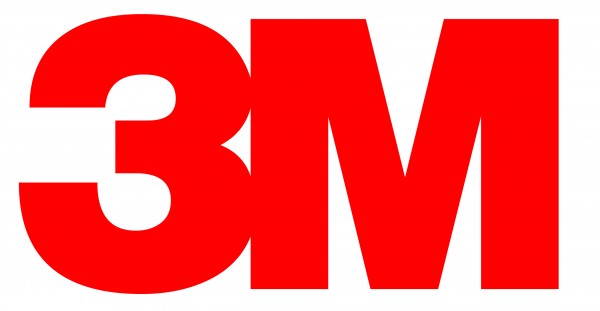Quantum Dots Make Colors on Screens Pop
| Marc Maligalig | | Aug 11, 2014 02:19 PM EDT |
3M Logo
Dr. Eric Nelson reported in the 248th National Meeting and Exposition of the American Chemical Society held on Aug. 10 through Aug. 14 that 3M, with the help of Nansosys Inc., has produced an energy efficient display that produces more vivid colors.
The report on the quantum dots is one of the approximately 12,000 talks at the conference.
Like Us on Facebook
"Green grass just pops out at you from these displays," says Nelson, who helped create the plastic films that hold the quantum dots in a screen. "We believe this is the most efficient way to get to a high-color display."
The displays that run on the newly developed quantum dot, or "QD," technology consumes less electricity compared to other choices with high-colors. The quantum dots are minute superconducting crystals. So small, in fact, that the width of a normal human hair could accommodate 10,000 of the crystals.
Majority of the current electronic devices, such as televisions, smartphones and tablets, use liquid crystal displays, or LCDs. The classic LCD works by emitting light through a number of filters that produce colors the user views. The filters used by LCDs need to be relatively dark to produce the best colors.
One of the problems with LCD screens is that it consumes a lot of electricity to emit a light bright enough for the for the viewer to see, said Nelson. He also said that there is another problem with the present popular display.
"You always tend to leak a bit of green into red, and blue into green, and so forth, Nelson said. "So instead of ending up with a very pure red, you end up with an orange-y color. It's difficult to get roses or apples to look very red on a conventional LCD."
The quantum dots, on the other hand, change the light into a different color instead of filtering it. The dots, which were developed by Nanosys, produce particular colors of light depending on the size of the crystals.
The full QDEF displays are manufactured by 3M by embedding the quantum dots between two polymer films to prevent the rapid breakdown of the crystals when exposed to oxygen and water.
The corporation is hopeful that the QDEF displays would be able to establish itself in the display market alongside the more expensive and existing displays such as the aforementioned LCDs and the organic light-emitting diodes.
©2015 Chinatopix All rights reserved. Do not reproduce without permission
EDITOR'S PICKS
-

Did the Trump administration just announce plans for a trade war with ‘hostile’ China and Russia?
-

US Senate passes Taiwan travel bill slammed by China
-

As Yan Sihong’s family grieves, here are other Chinese students who went missing abroad. Some have never been found
-

Beijing blasts Western critics who ‘smear China’ with the term sharp power
-

China Envoy Seeks to Defuse Tensions With U.S. as a Trade War Brews
-

Singapore's Deputy PM Provides Bitcoin Vote of Confidence Amid China's Blanket Bans
-

China warns investors over risks in overseas virtual currency trading
-

Chinese government most trustworthy: survey
-

Kashima Antlers On Course For Back-To-Back Titles
MOST POPULAR
LATEST NEWS
Zhou Yongkang: China's Former Security Chief Sentenced to Life in Prison

China's former Chief of the Ministry of Public Security, Zhou Yongkang, has been given a life sentence after he was found guilty of abusing his office, bribery and deliberately ... Full Article
TRENDING STORY

China Pork Prices Expected to Stabilize As The Supplies Recover

Elephone P9000 Smartphone is now on Sale on Amazon India

There's a Big Chance Cliffhangers Won't Still Be Resolved When Grey's Anatomy Season 13 Returns

Supreme Court Ruled on Samsung vs Apple Dispute for Patent Infringement

Microsoft Surface Pro 5 Rumors and Release Date: What is the Latest?










